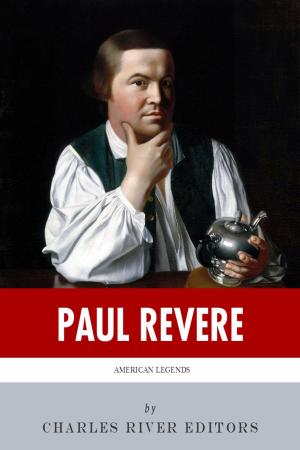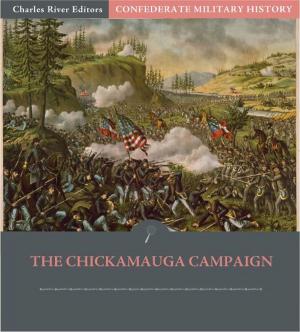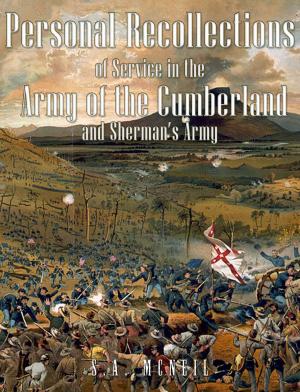The Louisiana Purchase Treaty
Nonfiction, History, Americas, United States, Revolutionary Period (1775-1800), 19th Century| Author: | Anonymous | ISBN: | 9781619820715 |
| Publisher: | Charles River Editors | Publication: | January 13, 2012 |
| Imprint: | Language: | English |
| Author: | Anonymous |
| ISBN: | 9781619820715 |
| Publisher: | Charles River Editors |
| Publication: | January 13, 2012 |
| Imprint: | |
| Language: | English |
The Louisiana Purchase (French: Vente de la Louisiane "Sale of Louisiana") was the acquisition by the United States of America of 828,800 square miles (2,147,000 km2) of France's claim to the territory of Louisiana in 1803. The U.S. paid 60 million francs (11,250,000) plus cancellation of debts worth 18 million francs (3,750,000), for a total sum of 15 million dollars (less than 3 cents per acre) for the Louisiana territory (219 million in 2010 dollars, less than 42 cents per acre). The Louisiana Purchase encompassed all or part of 15 current U.S. states and two Canadian provinces, including Arkansas, Missouri, Iowa, Oklahoma, Kansas, Nebraska, parts of Minnesota that were west of the Mississippi River, most of North Dakota, nearly all of South Dakota, northeastern New Mexico, northern Texas, the portions of Montana, Wyoming, and Colorado east of the Continental Divide, and Louisiana west of the Mississippi River, including the city of New Orleans. (parts of this area were still claimed by Spain at the time of the Purchase.) In addition, the Purchase contained small portions of land that would eventually become part of the Canadian provinces of Alberta and Saskatchewan. The purchase, which doubled the size of the United States, comprises around 23% of current U.S. territory. The population of European immigrants was estimated to be 92,345 as of the 1810 census. The purchase was a vital moment in the presidency of Thomas Jefferson. At the time, it faced domestic opposition as being possibly unconstitutional. Although he felt that the U.S. Constitution did not contain any provisions for acquiring territory, Jefferson decided to purchase Louisiana because he felt uneasy about France and Spain having the power to block American trade access to the port of New Orleans. Jefferson decided to allow slavery in the acquired territory, which laid the foundation for the crisis of the Union a half century later.
The Louisiana Purchase (French: Vente de la Louisiane "Sale of Louisiana") was the acquisition by the United States of America of 828,800 square miles (2,147,000 km2) of France's claim to the territory of Louisiana in 1803. The U.S. paid 60 million francs (11,250,000) plus cancellation of debts worth 18 million francs (3,750,000), for a total sum of 15 million dollars (less than 3 cents per acre) for the Louisiana territory (219 million in 2010 dollars, less than 42 cents per acre). The Louisiana Purchase encompassed all or part of 15 current U.S. states and two Canadian provinces, including Arkansas, Missouri, Iowa, Oklahoma, Kansas, Nebraska, parts of Minnesota that were west of the Mississippi River, most of North Dakota, nearly all of South Dakota, northeastern New Mexico, northern Texas, the portions of Montana, Wyoming, and Colorado east of the Continental Divide, and Louisiana west of the Mississippi River, including the city of New Orleans. (parts of this area were still claimed by Spain at the time of the Purchase.) In addition, the Purchase contained small portions of land that would eventually become part of the Canadian provinces of Alberta and Saskatchewan. The purchase, which doubled the size of the United States, comprises around 23% of current U.S. territory. The population of European immigrants was estimated to be 92,345 as of the 1810 census. The purchase was a vital moment in the presidency of Thomas Jefferson. At the time, it faced domestic opposition as being possibly unconstitutional. Although he felt that the U.S. Constitution did not contain any provisions for acquiring territory, Jefferson decided to purchase Louisiana because he felt uneasy about France and Spain having the power to block American trade access to the port of New Orleans. Jefferson decided to allow slavery in the acquired territory, which laid the foundation for the crisis of the Union a half century later.















